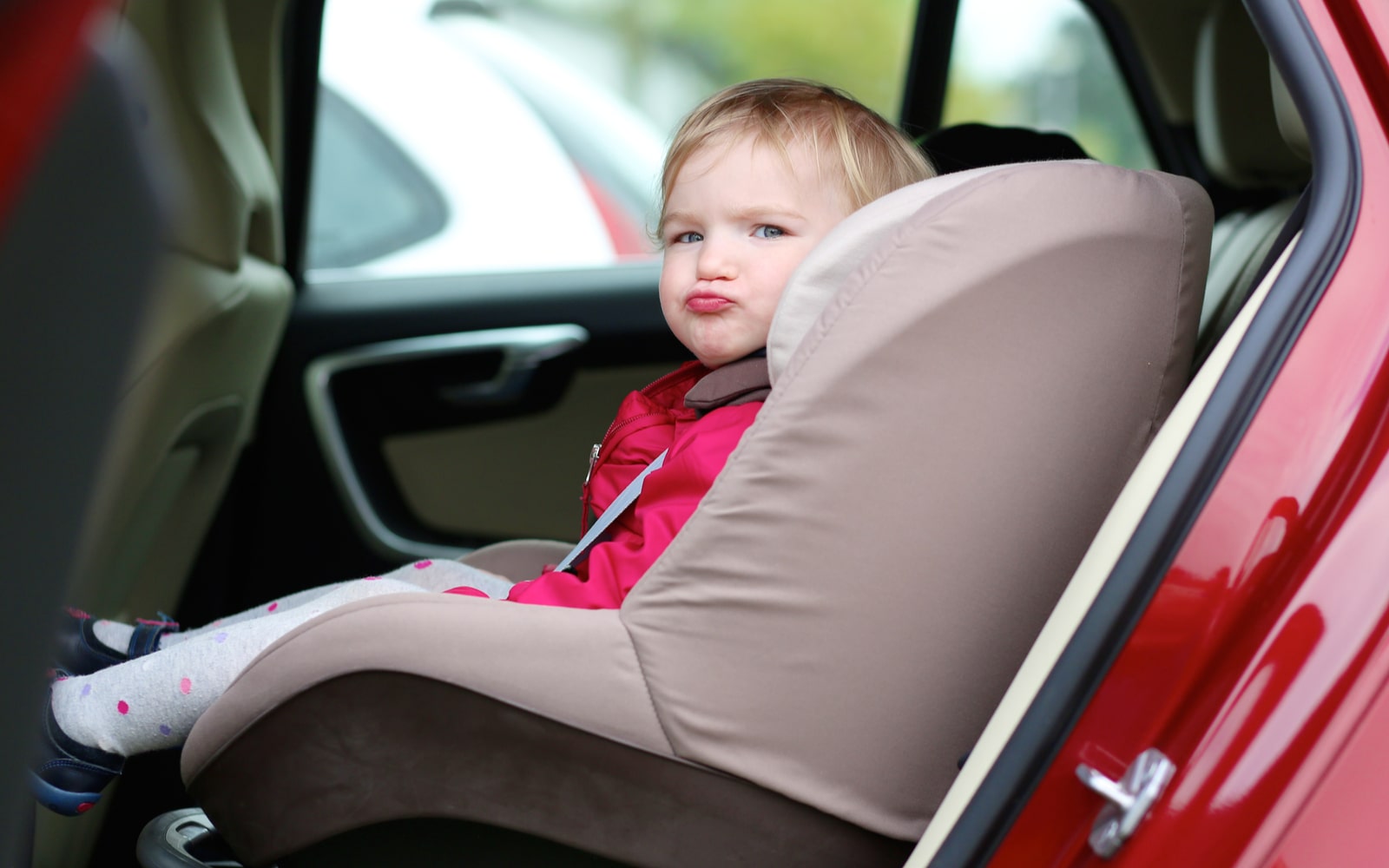One important aspect of protecting your children’s health is selecting the right car seat for them. Carseats come in a variety of types, and which one is right for your child depends on a number of factors. The American Academy of Pediatrics has been gauging the individual types of car seats on the market and providing guidance on which are safest for your children. We’re going to explore their current guidelines and help you make the best choice for your children’s auto safety.
Understanding Seat Choices and Which Protect Your Children
When you get ready to go on a trip with your younger children, it’s important to have them properly secured. Of all the car seats on the market, how do you know which is the best for your child? The factors you have to consider vary, but most commonly include their age, height, weight, and how well they can control their body. This last is most relevant for infant children.
- Rear-Facing Infants and Toddlers Car Safety Seats: Children in their infant and toddler stages have an increased risk of experiencing damage to the spinal cord and head. This makes it important that your children are placed in a rear-facing seat. In general, it’s best that your child remains in a rear-facing car seat as long as possible. You should only transition them out of the seat when they exceed the height and weight specifications of the car seat. The majority of convertible car seats are intended to be used with children under the age of 2, though their tolerances often permit them to be safely used for old children.
- Forward-Facing Car Seats: When the time comes to move beyond a rear-facing car seat. These car seats have shoulder harness traps in a five-point configuration. These seats often have a weight limit of 60-85 pounds. In many cases, children will outgrow the seat’s height limitations before they exceed the weight restrictions of the seat. You can determine that a child has exceeded the seat’s height limit when your child’s shoulder is higher than the top shoulder strap slot.
- Booster Seats: Once a child has exceeded their forward-facing car seat, it’s time to move to a booster seat. Children in a booster seat need to be able to sit correctly for the duration of the trip. This means they shouldn’t be leaning over, slouching, or otherwise out of their seating posture. These seats are most recommended for use with children over 40 pounds and at least five years of age.
- Vehicle Seat Belt: Your child will be able to transition from their booster seat to an adult vehicle seat belt when they are able to sit properly in the seat without the need for the booster seat. This means that the belt must rest on their lap rather than their stomach and should properly cross the shoulder and neck.
The American Academy of Pediatrics also rates individual car seats for their safety and effectiveness. This goes beyond the recommendations listed above. It evaluates manufacturers’ products for their commitment to their requirements.
Speak To Your Child’s Physician For Further Guidance
If you’re looking for additional guidance on selecting a car seat for your child, reach out to your pediatrician or family doctor. They’ll be capable of providing further insight into the options available, your child’s health and development, and which will provide the safest experience for your child.





